
Piercing the veil
A new exhibition at Buxton Contemporary finds a rich complexity in the shadowy terrain between life and death.
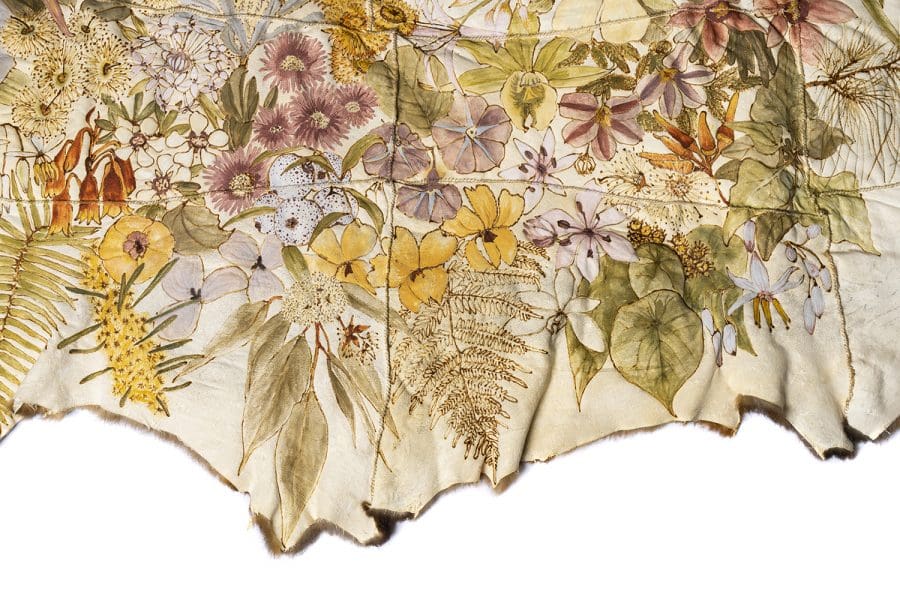
Carol McGregor, Wreath for Oodgeroo (detail) 2020, possum skins, charcoal, ochre, binder medium, waxed thread. Courtesy of the artist. Photo by Louis Lim.
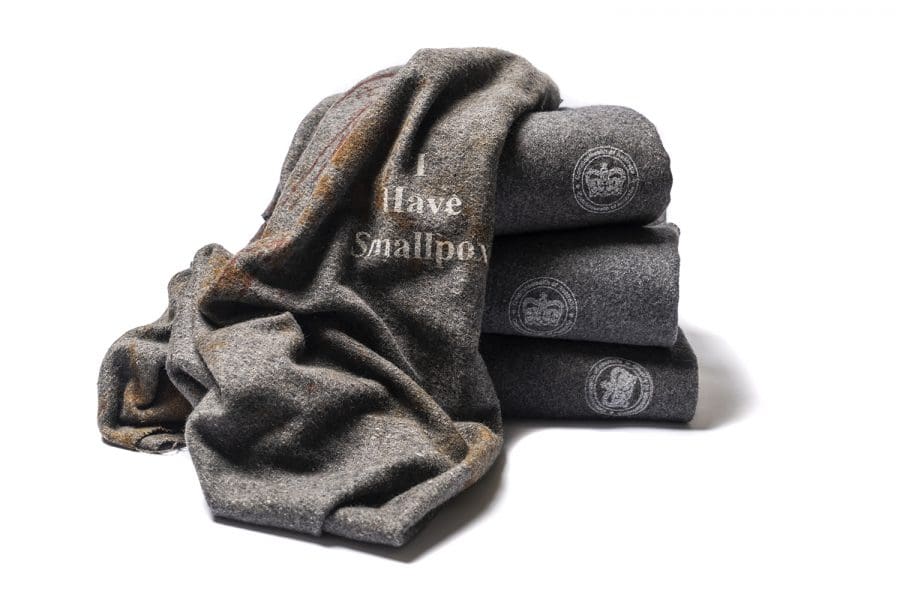
Glennys Briggs, I have smallpox 2020, wool blankets (screen printed) and rust. Courtesy of the artist. Photo by Louis Lim.
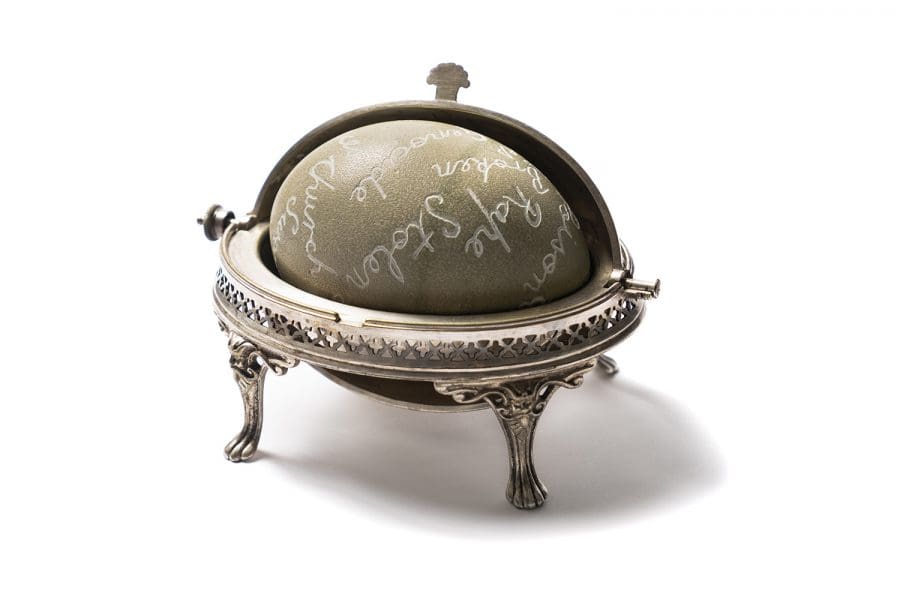
Glennys Briggs, Swallow these words 2020. emu egg (etched) and silver sweet dish. Courtesy of the artist. Photo by Louis Lim.
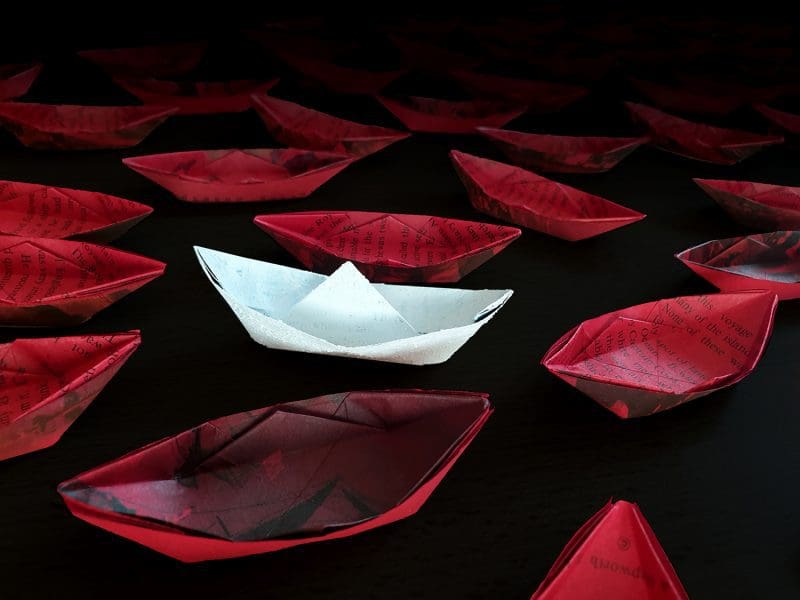
Jenna Lee, un/bound passage (detail) 2019, hand-dyed and folded paper installation from pages of ‘The Voyages of Captain Cook’ Ladybird Book, with video projection. Courtesy of the artist.

Judy Watson, the holes in the land #2 2015, 4 plate colour etching, edition 30/30. Courtesy of the artist and grahame galleries + editions. Published by Judy Watson and graham galleries + editions / numero uno publications. Printer: Cicada Press. Photo by Carl Warner.

Judy Watson, the holes in the land #3 2015, 4 plate colour etching, edition 30/30. Courtesy of the artist and grahame galleries + editions. Published by Judy Watson and graham galleries + editions / numero uno publications. Printer: Cicada Press. Photo by Carl Warner.
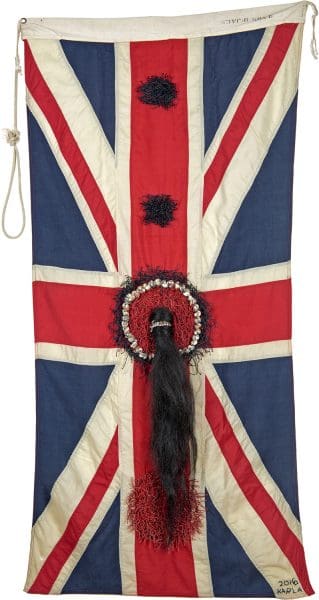
Karla Dickens, Jack and Jill (A.K.A. Hung, strung and quartered) (detail) 2016, mixed media. Courtesy of the artist and Andrew Baker Art Dealer, Brisbane. Photo by Mick Richards.
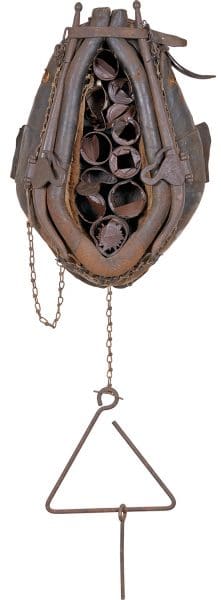
Karla Dickens, Workhorse III 2015, mixed media. Courtesy of the artist and Andrew Baker Art Dealer, Brisbane. Photo by Mick Richards.
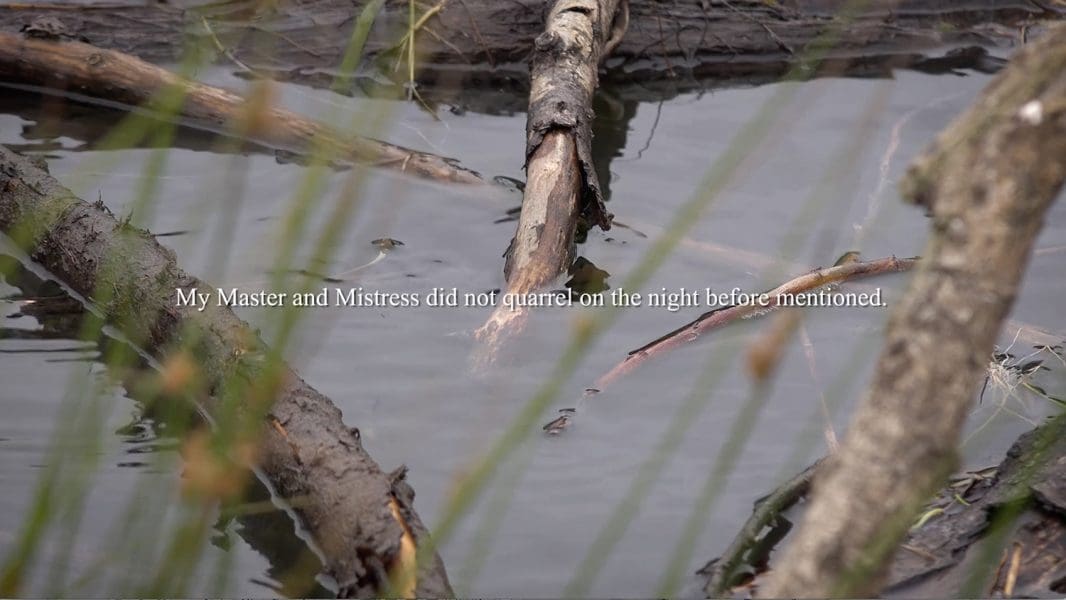
Julie Gough, Crime Scene (Survivor) (video still) 2019–20, installation with tereena (basket, flag iris: Diplarrena Moraea) and 4K video, 16:9, colour, sound, 18:08 min, edited by Angus Ashton. Courtesy of the artist.
Rite of Passage is an exhibition that has been in gestation for hundreds of years and the majority of curator Shannon Brett’s career. Brett’s ambition is to mark 2020 as a turning point in the national acknowledgement of the sovereignty of Aboriginal people, a transition that includes a new respect, going forward, for Australia’s First Nations. Its delivery, which includes an exhibition of work by 11 Aboriginal artists, a 60-page fully illustrated book, and an extensive public program, is tied conceptually to 2020.
While Rite of Passage is a significant project, guest curated by Brett and supported by Arts Queensland and host institution QUT Art Museum, this investment is minute when compared to the money the Australian government will spend to celebrate an anniversary that every artwork in this exhibition mourns: the arrival on this continent of Lieutenant James Cook 250 years ago.
Brett’s research reveals that Cook’s captaincy is a misnomer. According to the curator, “When he set sail in 1768 he was a Lieutenant. After he returned to England, he advanced to Commander, he never held the rank of Captain.”
Brett, a descendant of the Wakka Wakka, Butchulla and Gurang Gurang peoples, has worked with Aboriginal communities as an arts manager, as a fashion designer, and as a photographer, artist, writer and curator. This exhibition is driven by a commitment to disputing the heroism that surrounds Cook. “It is really my Aboriginality that drives me,” Brett says. “That is the career. It is my way of being within my culture.”
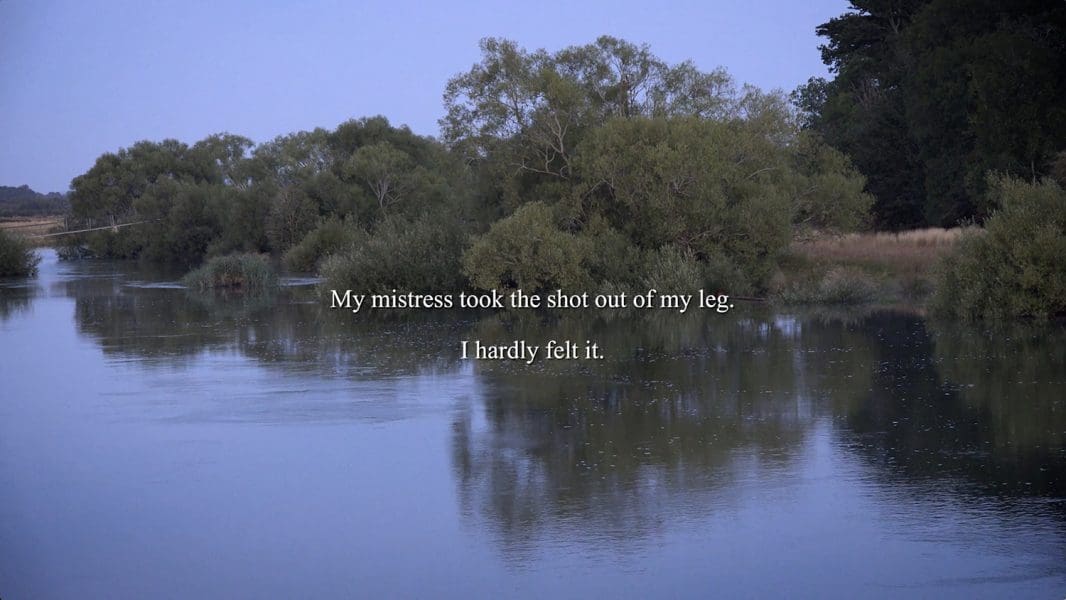
In the book, Brett writes, “The 250-year-celebrations of the anniversary of Lieutenant James Cook’s brief journey to this country are an unadulterated display of totalitarianism; they are extremely unethical, overly funded, and outrageously insensitive.”
Brett chose artists on the strength of works that confront racism and partisan histories. “These honest artists are storytellers, people who know our history and who understand those melancholy yesterdays and our acrimonious now. Through their work, the artists contemplate their intergenerational pain to decolonise current social realities and to conjure political change that will educate a greater community conditioned by the constructs of whiteness. This has become their rite.”
The majority of the artists are well known, described by Brett as “fantastic machines who exist in this struggle,” such as: Judy Watson, Karla Dickens, Lola Greeno, Nici Cumpston, Leah King-Smith, Megan Cope and Julie Gough. Other artists include Carol McGregor, Glennys Briggs, Mandy Quadrio and Jenna Lee. Each of their works are tough and communicative.
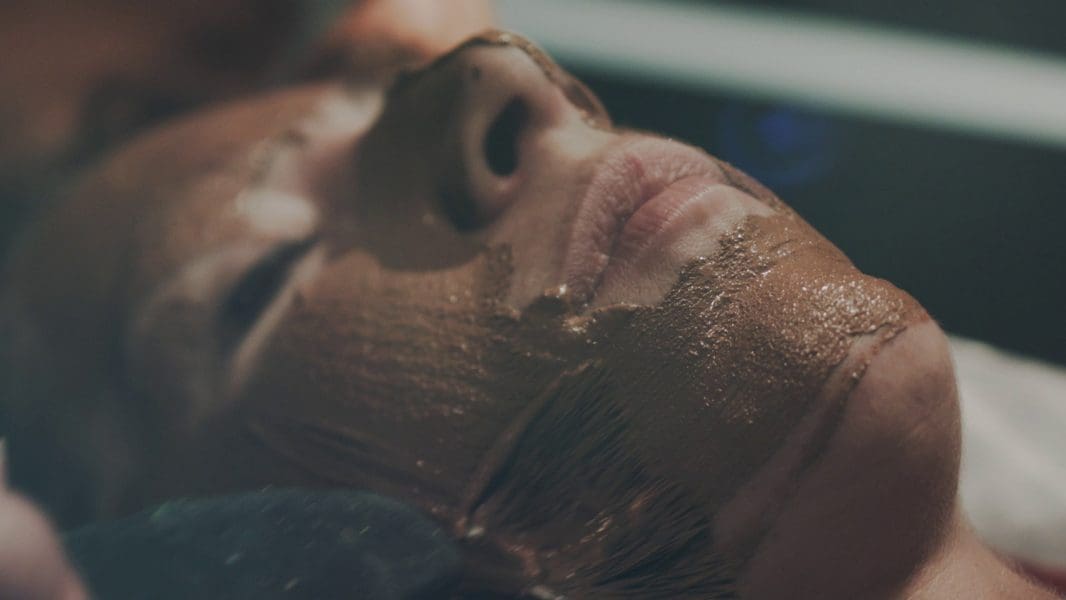
Julie Gough’s Crime Scene (Survivor) is a narrative about the shooting of a young Aboriginal servant set in picturesque Tasmanian landscapes. Karla Dickens’s Work horses are visceral containers of violence and subjugation, housed in saddlery collars to make the point that Aboriginals were regarded as a labour force on a par with domestic animals. The environmental cost of colonisation is canvassed in works by Judy Watson and Nici Cumpston, and Megan Cope’s The Blaktism is a ritual in which her identity (as a fair-skinned Aboriginal woman) is overwritten. While some of these works have been previously exhibited, drawing them together for Rite of Passage highlights the biographical focus visible in the work and the artists’ determination to telegraph the losses of “thousands of years of ecological and spiritual power and cultural knowledge.”
Rite of Passage
QUT Art Museum
7 March – 10 May
NorthSite Contemporary Arts
24 September – 21 November